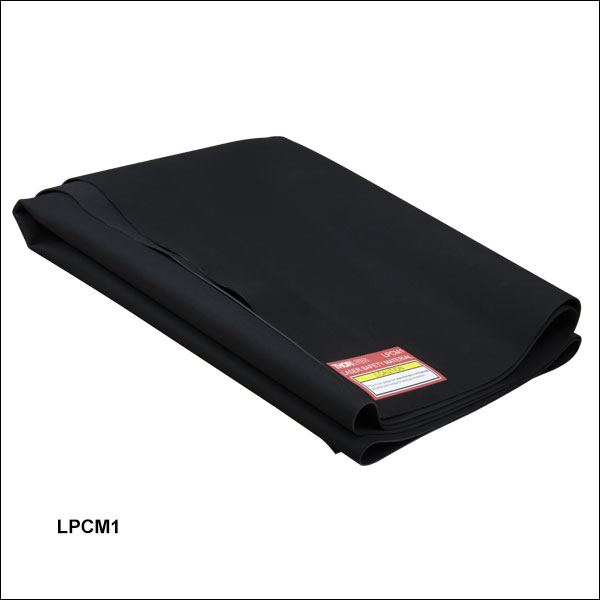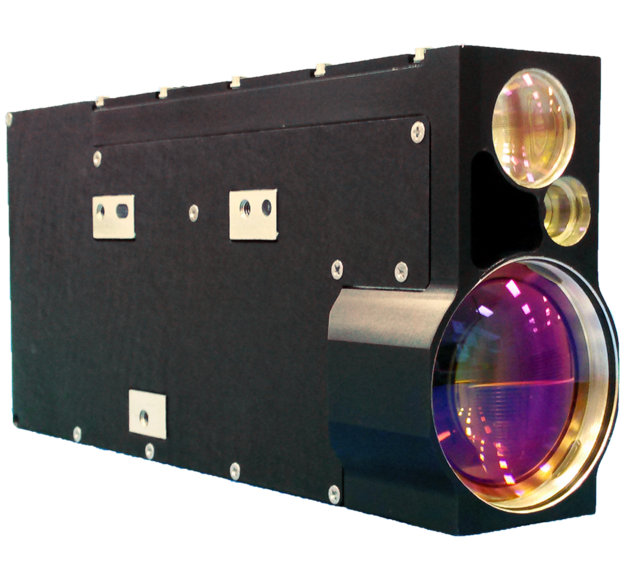Recommended Suggestions For Choosing A Safe Laser Treatment
Wiki Article
How Does Low-Level Safe Laser Therapy (Lllt) Can Help You With Dental Issues?
Low-level laser therapy (LLLT) is a solution to different dental issues through a variety of ways. Reduced Inflammation- LLLT is anti-inflammatory through preventing the release of proinflammatory chemicals and stimulating the creation of anti-inflammatory mediators. In dental conditions such as gingivitis and periodontitis, LLLT can help reduce gum inflammation and improve gum health.
LLLT boosts tissue healing and regenerates. LLLT may be used in dental procedures including oral surgery and periodontal treatments to speed up healing of wounds and ease discomfort following surgery.
Pain relief- LLLT reduces pain by altering nerve conductivity as well as reducing the effects of pain mediators, such as substance P. It also helps to reduce pain and sensitivity following dental procedures.
LLLT can be utilized to decrease the amount of bacterial matter in the mouth cavity. It can be utilized as an adjunctive treatment in treatment of oral infections, such as oral ulcers or peri-implantitis, by promoting bacterial clearance and preventing further spreading of the infection.
Treatment of Temporomandibular Joint (TMJ) Disorders-LLLT can reduce muscle tension and inflammation in the temporomandibular joint (TMJ) which can provide relief from symptoms such as jaw discomfort, popping or clicking sounds, and restricted jaw movement associated with TMJ conditions.
Oral Mucositis Reduction- LLLT was proven to reduce the severity of oral mucositis. Oral mucositis is a side effect that occurs frequently with chemotherapy and radiation treatments for cancer patients. It has the ability to relieve pain and promote healing in oral mucosal lesions.
Growth of healthy gingival tissue - LLLT has been proven to stimulate gingival fibrocytes. This encourages healthy tissue in the gingival. This can be beneficial in treating gingival recessiveness, or encouraging the attachment and growth of healthy gingival tissue to dental implants.
Safe Laser's low-level laser treatment is a noninvasive and drug-free method to treat dental issues. It aids in faster healing, less pain and better oral health. It's best to consult your dentist for the proper diagnosis and treatment plan prior to making use of LLLT. Take a look at the top safe laser 500 ár for site recommendations including safe laser vélemények, safe laser készülék, lágy lézer kezelés, lágylézer készülék bérlés, lagy lezer, otthoni lézer kezelés, lágylézer készülék bérlés, lágy lézer kezelés, lézer kezelés hatása, gyógyító lézer készülékek and more.

What Are The Benefits Of Safe Lasers To Treat Ear, Nose, Sinus And Throat Problems?
Secure Laser Low-Level Laser Therapy (LLLT) can aid with a range of ENT (ear, nose, and throat) problems by several mechanisms. Reduced inflammation- LLLT's anti-inflammatory capabilities can help reduce swelling in tissues around the ear as well as nasal area. This is especially beneficial in conditions such as tonsillitis, sinusitis, or rhinitis where inflammation can cause symptoms like nasal congestion, sore throat, and ear pain.
Pain Relief – LLLT modifies pain perception by altering nerve conduction. This may reduce the pain triggered by earache, sinus pressure or sore throat.
Increased Tissue Regeneration LLLT increases cellular metabolism, which accelerates healing and regeneration of tissues. LLLT is effective for treating ENT conditions such as pharyngitis or Otitis (middle ear infection).
Improved blood circulation LLLT stimulates microcirculation aswell by vasodilation. The result is increase in blood flow to the region affected. The improved blood circulation aids healing by transporting oxygen and nutrients to tissues.
Antimicrobial Effects - LLLT has been shown to have antimicrobial effects, which can help reduce levels of viral or bacterial infection in the throat or nasal passages. This can help treat infections such a tonsillitis or sinusitis.
Relief of Allergic Symptoms - LLLT helps relieve symptoms that are associated with allergy rhinitis as well as hay fever by reducing inflammation in the nasal passages. This can result in reduced nose congestion, sneezing, and itching.
Management of Tinnitus- LLLT has been studied as a treatment option for tinnitus, a condition which is characterised by buzzing or ringing in the ear. LLLT is thought to improve blood circulation and lessen inflammation in the auditory systems which results in a decrease of the tinnitus.
Safe Laser's low-level laser treatment is non-invasive, drug-free, and provides fast healing. It is important to speak with an ENT specialist to get the right diagnosis and treatment advice prior to using LLLT to treat ENT issues. See the recommended safe laser bérlés for website advice including mozgásszervi betegségek kezelése, safe laser készülék, safe laser bérlés, gyógyító lézer, lágy lézer, lágylézer ár, lezeres kezeles, lágylézer kezelés, safe laser használata, lágylézer hatása and more.

How Do I Wait To Allow The Safe Laser Device To Affect Wound Healing?
The effectiveness of Safe Laser low-level laser therapy (LLLT) for wound healing can vary depending on aspects like the nature and degree of the wound, an individual's overall health, and their reaction to treatment. Typically, a set of LLLT sessions are recommended over a long period to ensure optimal healing.
Type and severity of wound- The type of wound as well as its severity may affect the amount of LLLT sessions required. In some instances smaller or less severe wounds require fewer LLLT sessions than larger or more severe ones. Also, chronic wounds as well as wounds with underlying medical conditions may need more sessions in order to heal effectively.
Wound Healing Stage- This stage of wound healing may affect the amount of LLLT sessions required. Treatment may differ depending upon the level of wound healing. LLLT is a treatment option that can be used during the different phases of wound healing to aid in the healing process and promote regeneration.
Individual Response to Treatment- Individual factors such as overall health, immunity function, and healing capacity can influence how a person's response to LLLT for wound healing. Certain individuals might react faster to treatment and have quicker wound closure, whereas others may require a longer therapy.
Treatment Protocol - The protocol that is suggested by a health expert will establish the frequency and duration of LLLT sessions required to heal wounds. Healthcare providers can tailor treatment plans to suit the specific needs of each patient. This might involve scheduling LLLT treatments at least once each week, or at specified intervals for a longer time period.
While some individuals may experience improvements in wound healing after only several LLLT sessions, others may require more extended treatment to achieve optimal outcomes. If you'd like to reap the full benefits of LLLT for wound healing it's essential that you follow the instructions of a professional. Additionally, it's vital to keep track of the progression of the wound and to communicate with the healthcare provider to ensure the proper treatment of the injury is in place and that any necessary adjustments to the treatment plan are made.